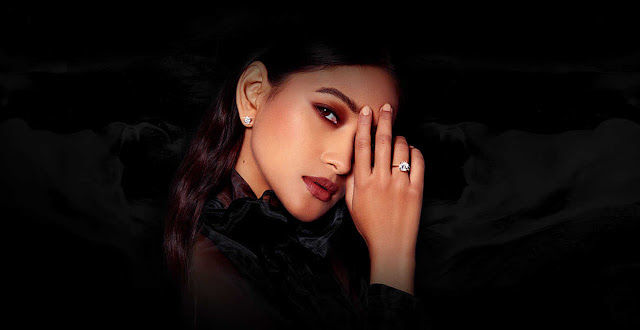How To Select A Quality Loose Diamond
Diamonds play an important role in the creation of jewelry, especially when it comes to engagement rings and wedding bands. Usually, when diamonds are used in jewelry making, they are placed into settings for the production of ornamentation. Another way to obtain diamonds is to purchase loose specimens, which are gems that have not been mounted into ready-made jewelry, such as necklaces, rings, bracelets, brooches, pendants, and earrings. In the world of jewels, a loose diamond is also known to provide an assortment of possibilities and benefits.
The cost of a loose diamond is also different from the set
options because consumers are often paying for extra costs associated with the
mounting and creation of jewelry. The metals used to fashion settings and other
parts of jewelry (such as necklace chains) also increase the price of a diamond
jewelry over the purchase of loose diamonds.
Certification: The Gemological Institute of America (GIA) is known as one of the best authorities in grading diamonds, while the American Gem Society Laboratories (AGSL) also produce high-quality diamond grading reports. Certifications that come from the GIA or AGSL influence the worth of a loose diamond and often attest to the proportion, cut grade, polish, and symmetry of a gem.
Divine Solitaires not only analyze the diamond as per another certification institute such as (GIA) and (AGSL) they give quality guarantee certificates on 123 parameters with 8 hearts & 8 arrows cuts, its only one brand that check the quality of solitaire instead of just analyzing.
Shape: The shape of a gem helps to determine value, where traditional round, loose diamonds cost a bit less than finer, non-round cuts often referred to as "fancy." Fancy-shaped diamonds are known to sometimes come in the shape of a heart or pear.
Cut: The overall cut of a diamond deals with its brilliance and is often described as shallow, ideal, or deep. When a loose diamond is too shallow, light is lost out of the bottom, which decreases the level of brilliance. A loose diamond that is too deep allows light to escape out of the sides, creating a darker and duller appearance. An ideal cut is a diamond that reflects almost all light that comes in contact with the gem. It is often considered the most beautiful and rarest.
Color: The better the color grade of a loose diamond, the less color is seen within the gem. For example, a loose diamond established as a D-class shows absolutely colorless and is considered the highest in color grade. E-class diamonds are rare, while a high-quality diamond is registered as an F-class.
Clarity: Loose diamonds that show clear are the most expensive, while other specimens possess scratches or trace minerals (known as inclusions). A system of assessment includes a range of rules and standards used to rate diamonds. For example, an FL or IF diamond is considered flawless, meaning it carries no internal or external flaws. These loose diamonds are extremely rare and quite attractive.Article Source: http://EzineArticles.com/644290




Comments